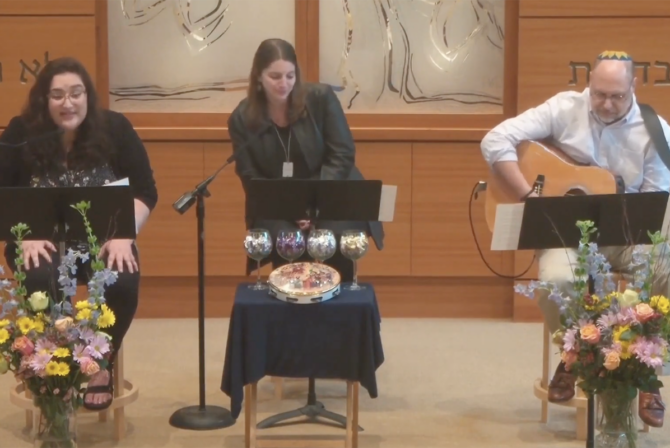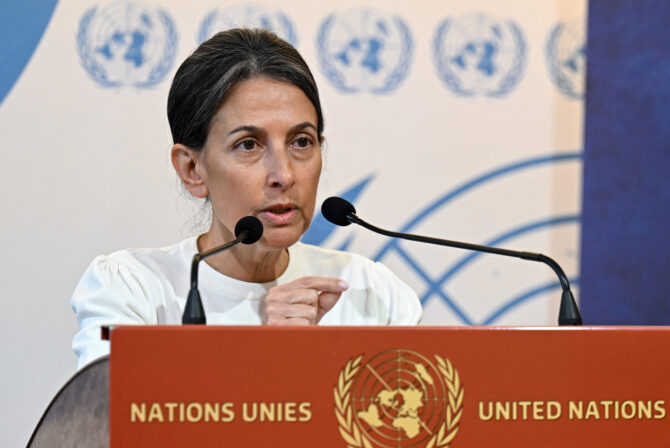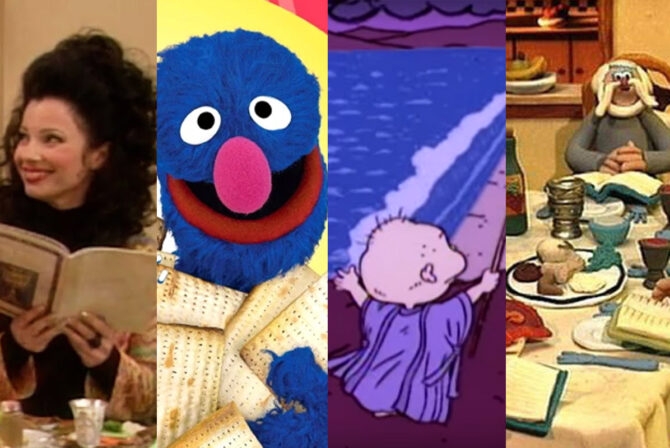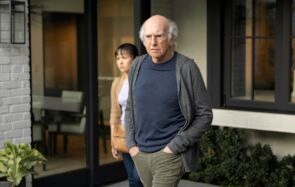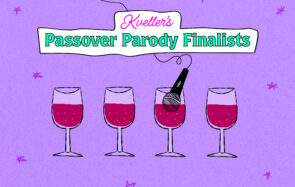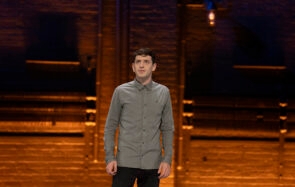In the overlapping part of the Venn diagram of my childhood–growing up Jewish in a small village, obsessed with musical theater, and without many television channels–lies
Fiddler on the Roof. We owned it on two VHS tapes, although sometimes we just watched the first one, turning it off at the end of the happy part of the wedding and skipping the “demonstration” at the end. (We took a similar tactic with
The Sound of Music, which made it a show about up-cycling curtains rather than escaping the Nazi occupation.)
I first saw a live production of Fiddler when I was about 11 years old, at a beautifully ramshackle community theater just north of my town. I remember Tevye’s thick Maine accent (HOSS and CAHT) and the over-the-top gleeful macabre humor of the dream sequence. I acted in it the summer before I left for college in a more polished production at Interlochen Arts Camp. I played Shprintze and Grandmother Tzeitl, and was hoisted high in the air over another actor’s head to “fly” in maternal rage.
In 2005 I moved to North Haven, an island off of Maine the size of Manhattan but with only 350 people in the year-round community. I was hired by the school and the community center to teach music and direct several plays each year. After a few years, I realized that for many reasons, North Haven would be the perfect place to produce Fiddler on the Roof.
We, like Anatevka, are a small and isolated community. Islanders, like Jewish people the world over, identify strongly with their roots and consider themselves part of a far-flung diaspora if they leave the island. Summer community members even more so. North Haven wrestles with similar themes of progress and tradition as Tevye and his daughters. Should we send our kids away for college? Will they return or will we lose our best and brightest to brain drain? Should we keep doing things because they’ve always been done that way (loading lobster traps at an old bridge comes to mind), or is progress something to be embraced (building a new bridge, with a special loading zone)?
I submitted a proposal to the community center’s board of directors and got approval to put the show on in the summer of 2012.
Thanks in part to the popularity of the show and also to a media blitz the board carried out, we wound up with nearly 30 actors, aged 7-85, at auditions. For some, it was their first time on stage, others were experienced community thespians. None were Jewish. All were overwhelmed by the task ahead of us–fully mount a musical in four weeks, auditions to close.
I introduced myself and my background to the cast at the first rehearsal, explaining both why I felt it was an important show to do on North Haven, and why it was personally significant to me. The cast seemed interested and engaged.
We got right to work with a read through. A few challenges became obvious as soon as my wonderful, earnest, WASP-y cast started pronouncing character names.
“Goldie! It’s Yentie!”
“But Tzeitl can’t marry MoTEL, she’s engaged to LaZAR!”
“Which one is Hoodle? And which one is Moodle?”
“Sprinkles! Bilky! Time to wash your hands and get ready for the Sabbath!”
“To life! To life! La Kayem!”
“Folks….” I had to intercede, “It’s not a song about hot dogs.”
Although many of my cast members were from cities, and were certainly exposed to a wider scope of cultures and religions than the year-round community, many elements of Jewish culture were brand new to them. We talked at length about the wedding ceremony, the lighting of the Sabbath candles. I talked about my family, who left the Pale of Settlement only a decade before Fiddler’s setting in 1905.
As rehearsals wore on, my cast overcame frustration and fear about memorizing lines and dance steps and began to pull together something raw, honest, and beautiful. Our scenery evoked Marc Chagall’s paintings and incorporated some of the symbolism that fascinated me as a teenager. Our orchestra was a three-piece Balkan band with fiddle, double bass, and accordion. They stood onstage in costume, interacting with the cast at times. They brought an extensive and expert knowledge of Eastern European music, even replacing some of the dance underscoring with more authentic pieces.
In the end, we sold out all four performances. Long into the next summer, the actors referred to each other by their character’s names. My Tevye in particular, formerly an anonymous figure in our summer tapestry, became a local celebrity.
I didn’t learn, until the end of this summer, just how significant an accomplishment this show in this place was. Although I have at times struggled with harmful ignorance within the year round community, my assumption with our summer visitors had always been that they were more worldly and unconcerned with ethnic or religious diversity. That apparently wasn’t always the case.
I’ve become friendly with a Jewish family who spends their summers on the island and have for decades. They have three children, approximately my age. They visited the island for Yom Kippur this year, and we visited with them that evening. They reminisced–less than fondly–about a time just a few decades ago, when their children were young, and were prohibited from playing with another family’s children because they were Jewish. The prohibiting family had several members who participated in our Fiddler.
I hope beyond hope that their participation is a sign of the times. That maybe now, at least in the summer community, people are ready to move beyond race, ethnicity, religion, and maybe even socio-economic status, and be together as that lovely group called islanders.
Like this post? Get the best of Kveller delivered straight to your inbox.
